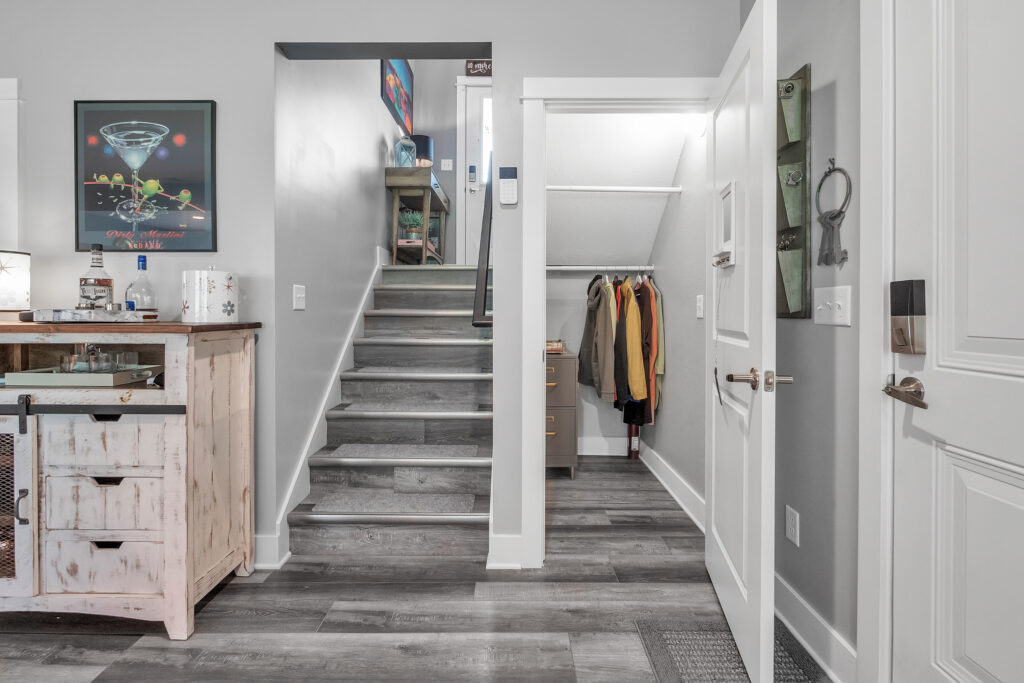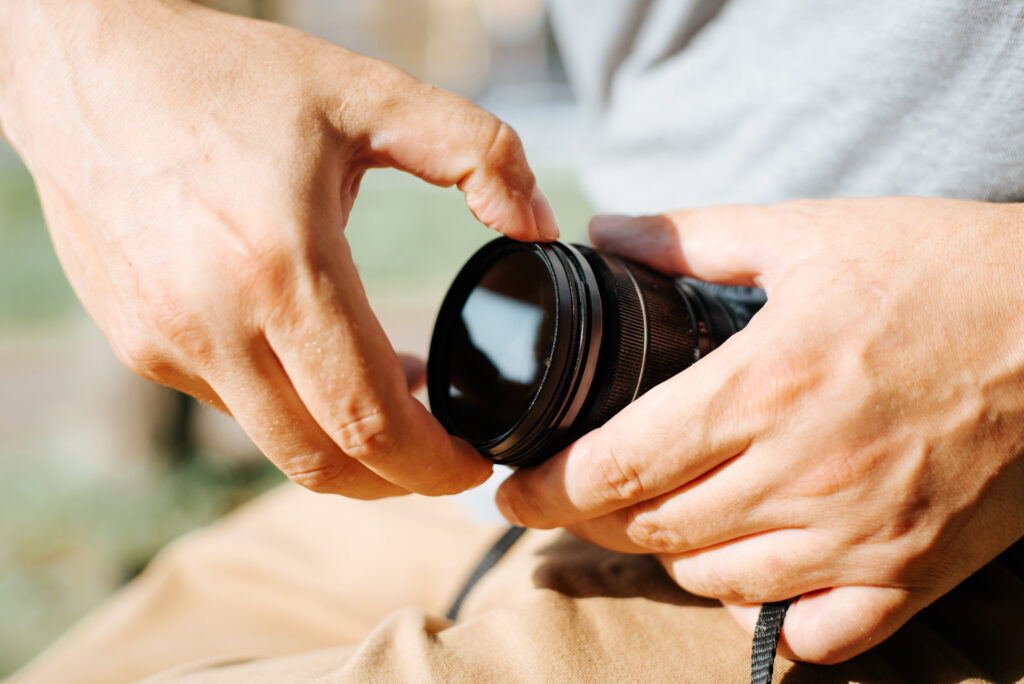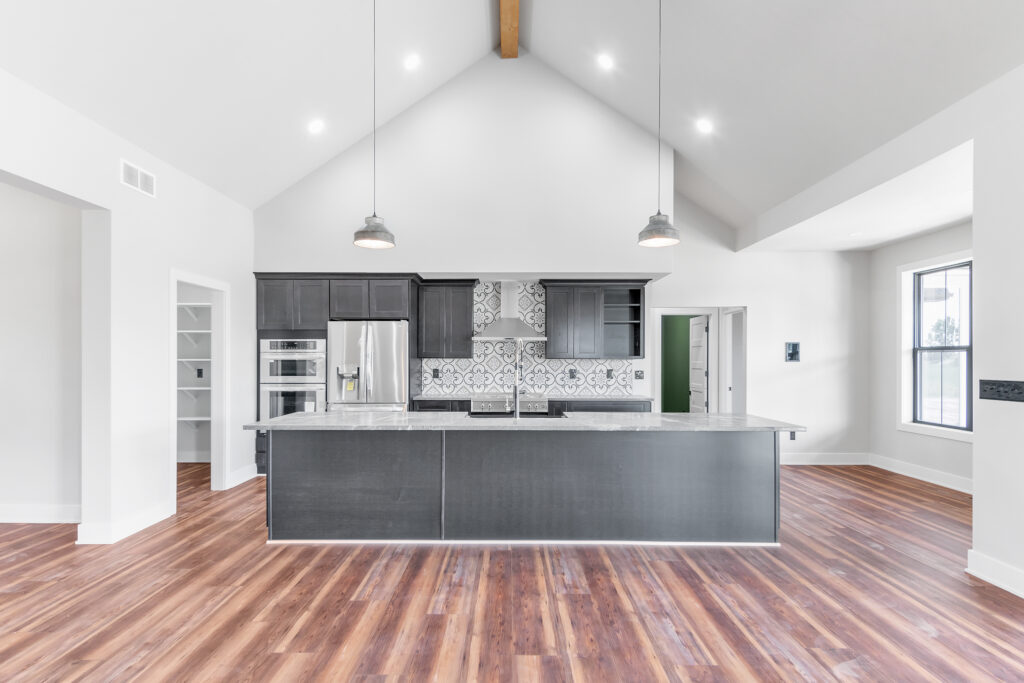Making Magic with Your Camera in Tricky Interiors
Imagine standing in a room with opulent interiors, majestic chandeliers, plush furnishings, and exquisite art pieces. You’re holding a camera in your hands, wondering how to capture the grandeur of the room while also rendering the nuanced detailing. Welcome to the world of real estate photography, a field where you have the challenging task of not just capturing a space, but also conveying its vibe, its charm, and its appeal. Tricky interiors can be a photographer’s nightmare, but with the right tools and techniques, you can master the art of breaking down complex spaces. Let’s delve deeper into ways of making magic with your camera in such challenging interiors!
Using Natural Lighting to Your Advantage

In photography, light is everything, and leveraging natural light is a real game-changer.
When dealing with complex interiors, the sun is your best ally. Make the most out of windows and doorways, allowing them to serve as your primary light source. The timing of your shoot is critical, as the sun’s position throughout the day can greatly influence your image. The golden hours, typically early morning and late afternoon, provide a softer, warmer light, which can add a comforting touch to your images.
On the other hand, the stark intensity of midday sunlight might be beneficial for spaces adorned with darker shades or bulky furniture, helping to highlight intricate details. Shadows are not always your enemies; they can contribute depth and contrast, but an overload can potentially mar the image. Therefore, striking the right balance between light and shadow is vital for an impressive shot. Remember, the goal is not just to illuminate the room, but to use the light to enhance the room’s character and mood.
Aiming for the Right Angle

Perspective is pivotal in photography, particularly when shooting intricate interiors.
An incorrect angle can warp perception, making spacious areas appear confined or a compact room feel vast. Conversely, the proper angle can unlock a room’s full potential, letting its true character shine through. When wrestling with challenging interiors, it can be advantageous to shoot from a corner, offering the broadest view of the room.
Elevation can also be instrumental in shaping the photo’s narrative. Lower shooting heights can imbue a space with grandeur, while elevated angles can create an inviting, cozy ambiance. Every room is unique, and therefore demands its own unique approach. Exploration is the key to finding the angle that encapsulates the heart and soul of each space.
Don’t forget that the chosen angle should complement your light sources and chosen lens, ensuring harmony between all components. Ultimately, it is the fusion of these elements – the correct angle, the suitable lighting, and the appropriate lens – that will bring your image to life. The goal is to transport the viewer into the room, allowing them to feel the space and connect with its atmosphere, rather than merely observing it.
Using the Right Lens for the Job

Selecting an appropriate lens is of utmost importance in interior photography.
Many real estate photographers lean towards wide-angle lenses, due to their ability to encompass more of the room within the frame. This is particularly advantageous when dealing with smaller rooms, as it can create an illusion of additional space. However, caution is necessary to avoid any potential distortion which could result in an unnatural curvature of walls or furniture. If your task is to photograph rooms that boast unique details or features, a standard or telephoto lens can be a more suitable option.
These lenses are designed to capture sharp, clear images and can make the details stand out. To achieve perfect image harmony, remember that changing lenses may require changing your shooting angle and lighting. Therefore, adaptability is crucial. With the right lens, you can communicate the room’s story and captivate viewers.
Composition and Framing Fundamentals

Mastering the art of composition and framing is crucial in real estate photography.
Basic concepts like the rule of thirds, leading lines, and symmetry can lead to captivating visuals. Leading lines like furniture, door frames, or unusual architectural features can draw viewers into the scene.
In rooms with unique structures, symmetry can provide a balanced and pleasant appearance. Use the rule of thirds to create dynamic and engaging compositions by mentally dividing the image into nine equal rectangles.
Although centralizing the main emphasis point may work in some cases, off-centering it adds interest. Knowing and using these compositional methods can improve your photographs, allowing them to highlight the space and attract viewers.
Ready to sell your property? Give us a call today and learn more about our professional photography services that can boost your property listing!
Plus, explore our virtual assistant coaching program to level up your business. Don’t forget to tune into our new podcast for even more valuable insights!
